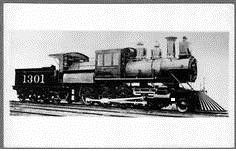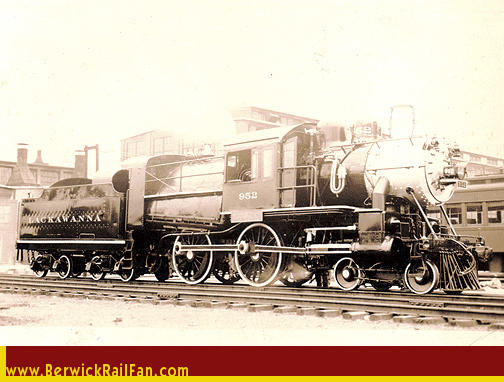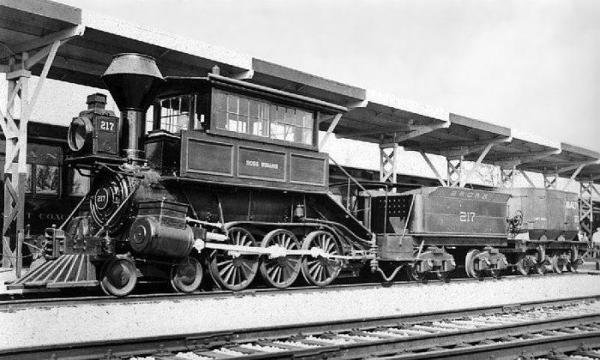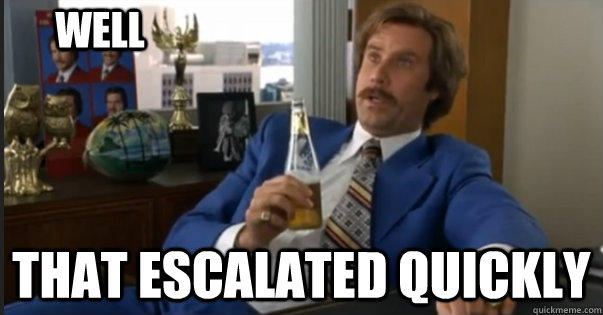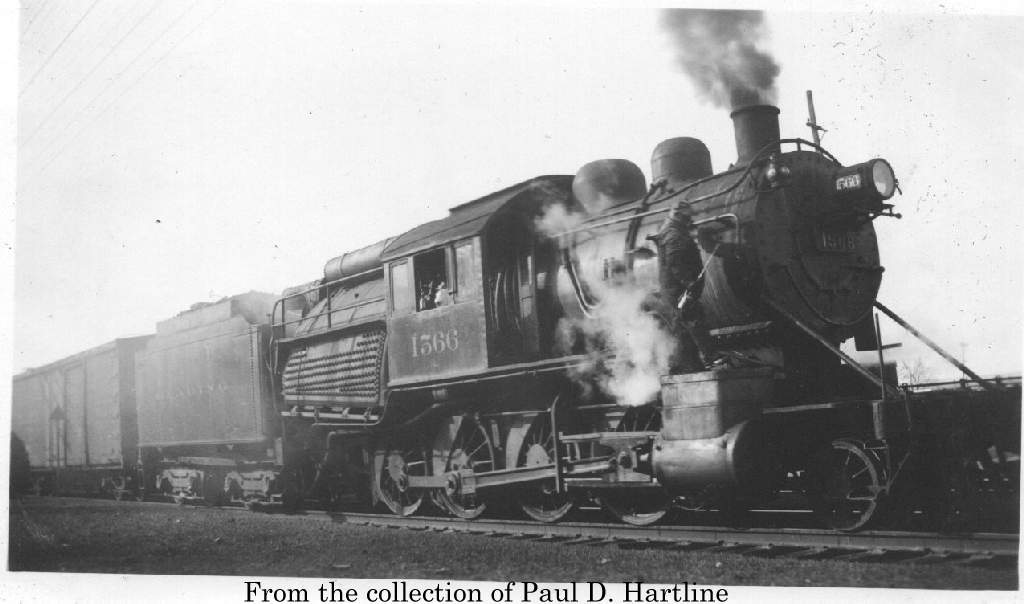Originally Posted by smd4:
Originally Posted by Rusty Traque:
So, now we've gone from "a few" to "exclusive?" I guess that makes things all better...
No...that's what I've always been saying, since the last page. Doesn't make anything better, it just means you're getting it now.
Steve,
You're going to have to show me which post I deinied the Santa Fe ever owned a camelback.
You asked a specific question: "How do you explain this engine--lettered for the AT&SF?"
And my in initial response was: "An anomoly."
That is not a denial. It also provided an opportunity for additional facts, which I seem to recall being the one to provide them. If I could have located additional data regarding the 738's life and operation in my reference materials, I would have provided that also.
I would have thought I provided "more or the story" regarding the 738, which also included obsevation, opinion, and the 738's significance(or lack of) in Santa Fe motive power development, but it's clear you're not interested in additional information, just your opinion, being able to say "I told you so" and a raw tally without any
substantiation of who owned what.
Rusty






